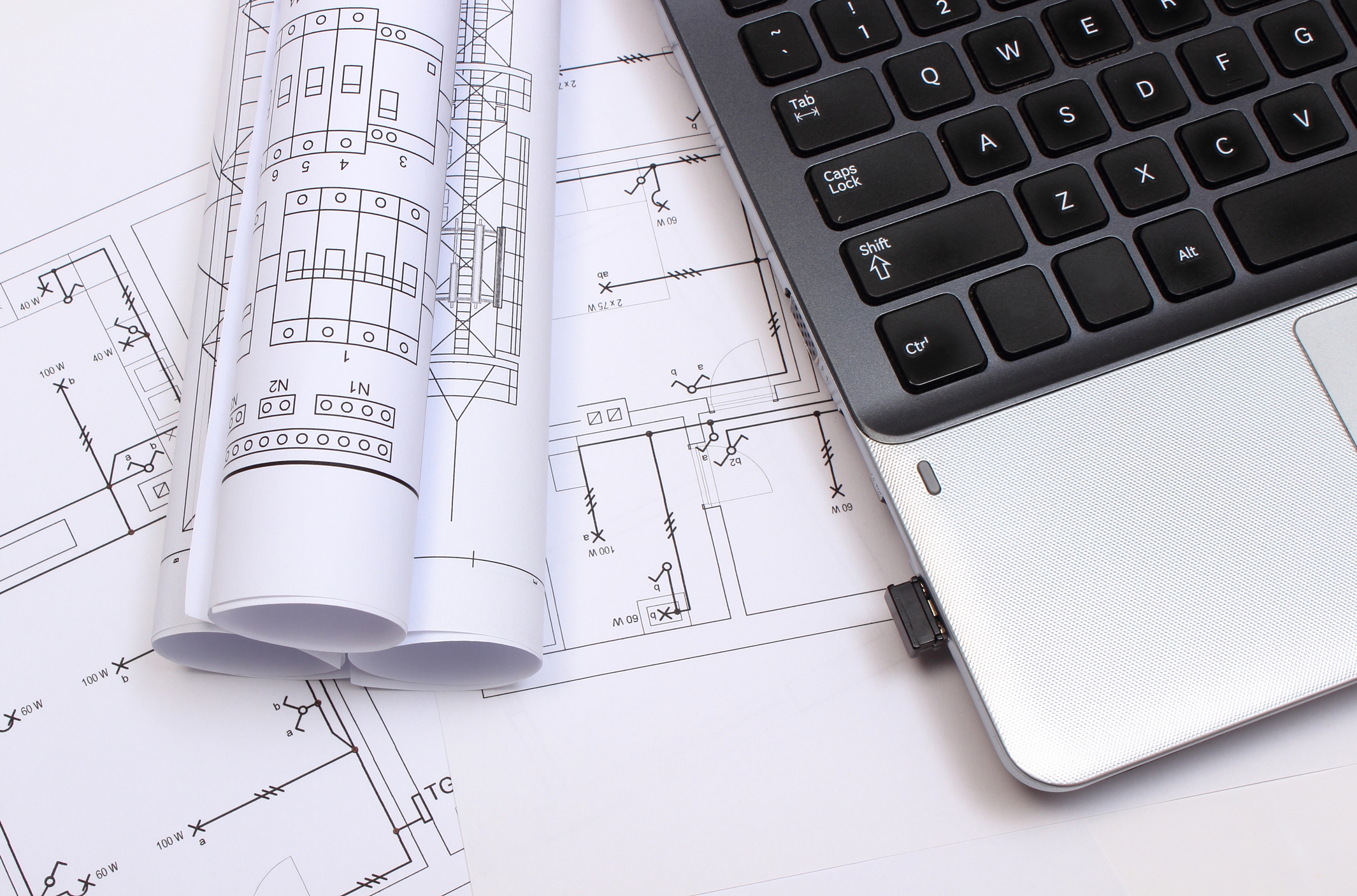There’s much to review before you start counting
When it comes to estimating construction take-offs within the estimation process, there’s much more involved than just counting.
A thorough review of the specifications helps you, the estimator, map out the entire bid process and set up your take-off. Most estimators want to “get the counts done” before they really review the job. That’s because they feel like the sooner they get this information, the more likely they are to get the quotes submitted on time. Although I agree that getting the counts out is important, I recommend “walking the drawings” before you even uncap your highlighter. By taking a proactive approach with this step of the process, you can get a feel for the scope of work and building layout – and quite possibly determine anything that seems to be missing from the drawings. You will also determine if there are alternates and allowances that must be addressed.
Construction Take-offs – Review the whole set of drawings
You may find upon your initial flip-through of the drawings that there is no fire alarm shown. It may be that fire alarm equipment/systems are not part of your scope. However, it could also mean there are separate fire alarm drawings you may not have downloaded – or maybe there’s no fire alarm on this particular job at all. Now is a good time to get whatever is missing from the general contractor so you don’t lose any precious estimating time.
Once you review the electrical drawings, you should also review the architectural drawings, looking for information regarding the building construction details. This step is critical in estimating construction take-offs because not only does this information help you determine the appropriate wiring methods as listed in the specifications, but it also gives you valuable data regarding ceiling heights and elevations.
For example, the specs might read “MC in concealed areas, EMT where exposed or subject to physical damage, and Schedule 40 PVC in the slab or underground.” With this spec – and a building made of steel with metal studs and a poured concrete deck with acoustical ceilings in most areas – you’d run your lighting and branch circuits in MC with EMT home runs, running as much as possible in the slab to save time and money. It’s always good to know the building construction up front because you will want to count those items that need to be surface-mounted separately from recessed, and you can measure the slab work “as the crow flies” versus surface EMT that runs parallel with building construction.
Other drawings you should quickly review are the civil drawings, which usually show the location of the incoming utilities, the transformer, and sometimes even site lighting. The mechanical drawings are handy to examine as well because they contain information regarding the equipment specifications and whether or not the disconnects are provided with the equipment.
Before you uncap that highlighter, I must mention one more thing when it comes to estimating construction take-offs. Every general contractor, construction manager, or building owner will tell you that you “own” everything on all the drawings, not just what is shown on the electrical drawings. Many times, items are “hidden” on another trade’s drawings, which is why I suggest you at least glance at the other sets, familiarizing yourself with the job as a whole.
Counts
Now that we’re finally ready to count, you may be asking what’s next in the estimating process. Should you pick up a piece of paper, a pencil, and a highlighter or let one of those snazzy “counting software programs” do the legwork for you? The answer is really up to you. Because I own an estimating consulting firm, we have to be absolutely certain that our counts are correct; therefore, we count or measure items manually with the use of an on screen take-off program. We do not use the “auto count” feature.
I usually count the lighting items first to ensure that I give my vendors plenty of time to get me a quote. On some smaller projects, when I count luminaries, for example, I will put the count directly into the computer software program. However, on larger jobs, we keep the counts in the on screen take-off software. Keep in mind that many estimating programs have count sheets built in, so you never have to use a piece of paper again if you don’t want to. Regardless of the method you choose for the estimating process and construction take-offs, you should always list the fixture types across the top and the drawing numbers down the side so you can easily isolate where you found a specific luminaire. Because you have already reviewed the building construction, ceiling types and heights, you know which luminaires you will have to assign a higher labor factor to, such as high ceilings, other areas that may be difficult to access, or locations where you’ll need to use an aerial lift.
Once your counts are done, it’s time to send them off to your vendors. I know I have mentioned this many times before, but if you do not have a relationship with your vendors, start working on them sooner rather than later. They are the ones who will ensure you get the “right” price on bid day. When you receive your quote, please review it to ensure the vendor has quoted “your” quantities.

